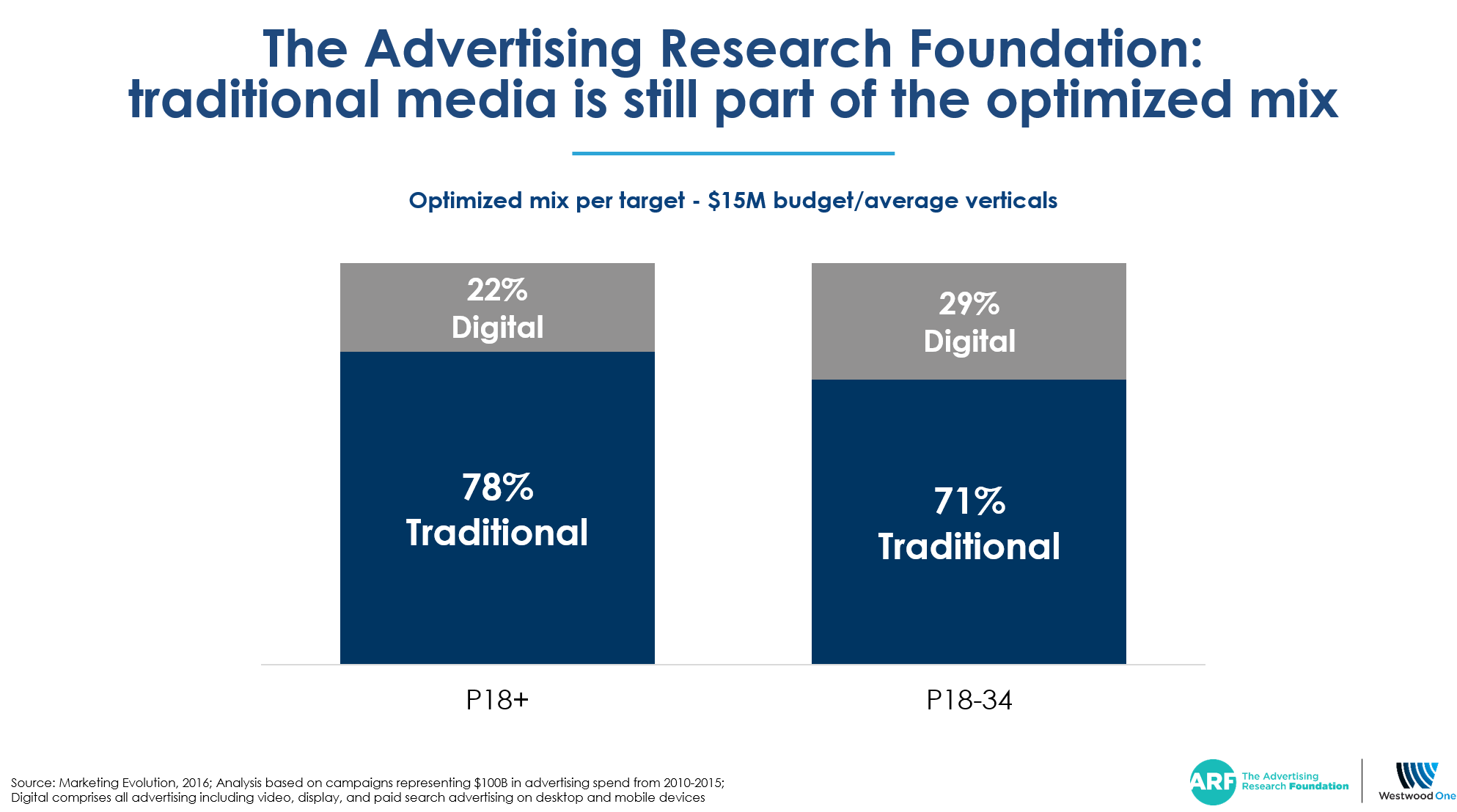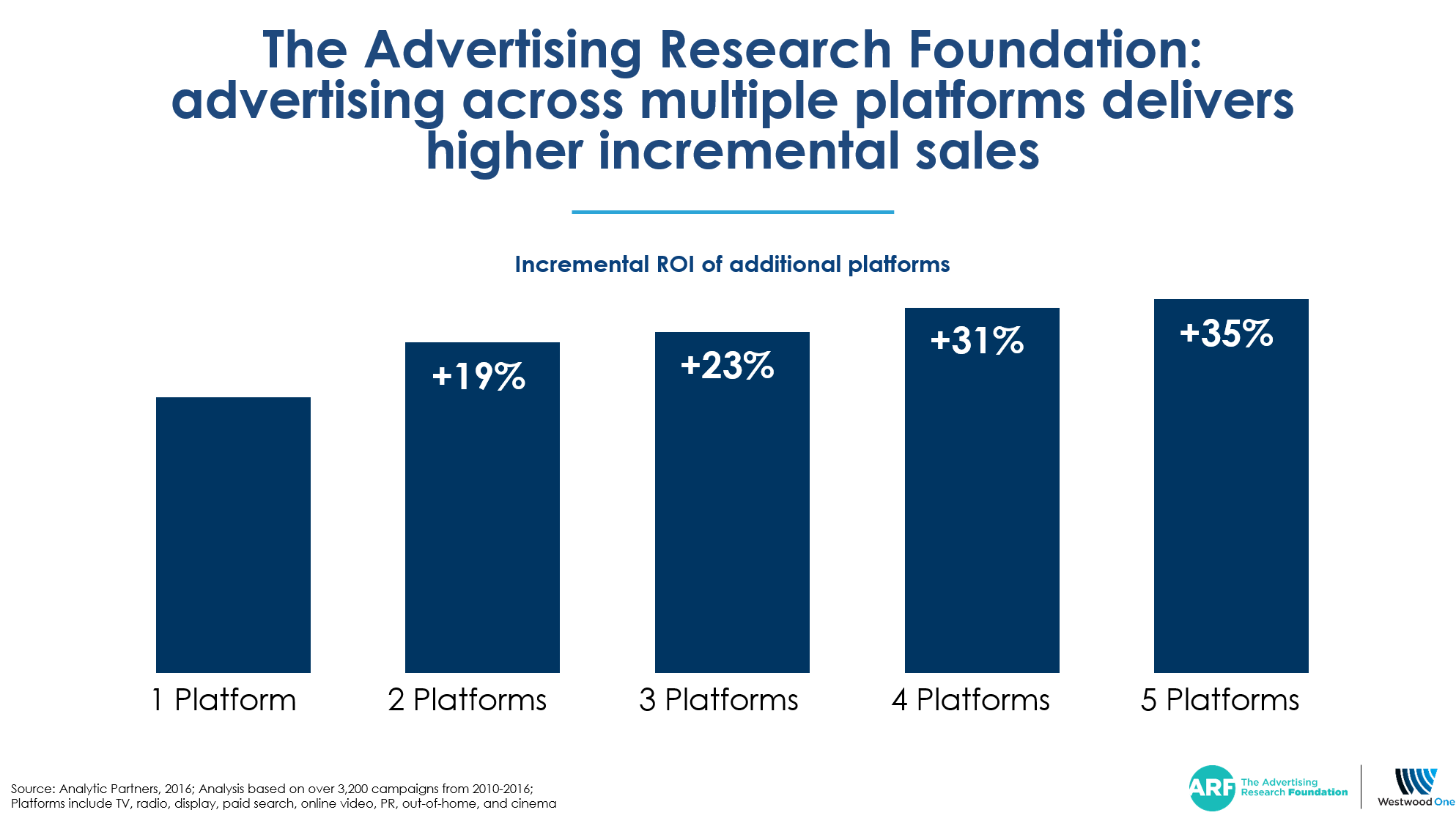5 Tips For A Healthy Media Plan
Guest post by Bob McCurdy | May 17, 2016
I was channel-surfing the other day and came across a show where the host was giving tips on how to live a healthier life via a commitment to a balanced diet. To paraphrase, her advice was:
1. Don’t go overboard. Basically don’t “pig out.”
2. Don’t skip meals.
3. Strive for a balanced diet.
4. Take smaller portions.
5. Limit the alcohol.
These same balanced dieting principles could also apply to any 2016 media plan.
1. Don’t “pig out” on one advertising medium.
A good meal is composed of several courses, just like a good media mix. Overdoing it in one medium, no matter how effective that medium might be at the outset of a campaign, is not good.
When tapping into various media, an advertiser reaches the heavy users of different media instead of just the heavy users of a single medium. This results in greater reach and a higher probability of actually reaching a breadth of consumers in the market for an advertiser’s product.
A buffet of different media is more effective than a full plate of one medium.
2. Don’t “skip meals,” or go “dark” and skip weeks of advertising.
Buying never stops, so nor should advertising, and if it does, the hiatus should be as short as possible. Each week customers cycle in and out of the market. Miss them when they’re in the market for what you’re selling and you could be out of luck for years.
Visualize a shelf at a supermarket. If a customer comes in and your product is not on the shelf, you’re not getting bought. On the other hand, if it is on the shelf, there’s a chance you might get bought. It’s media’s job to deliver a message during the key window of opportunity just prior to the consumer entering the store and visiting the “shelf.”
Some sales are lost due to too little frequency — but more are lost due to invisibility, or no frequency at all.
3. Strive for a balanced media plan.
Both traditional and digital media offer unique attributes to an advertising campaign. Mobile, search, social, radio, TV, out of home, and print each bring something valuable to the table and work well together.
A recently released study from the Advertising Research Foundation found that advertisers need to diversify their media budgets. Advertising Age reports:
“Advertisers are erring by shifting money among media platforms rather than spending more to spread it more widely, the group has concluded, based on what ARF CEO Gayle Fuguitt called the most extensive industry study in more than a quarter century.”
If the Internet was one of the five food groups, it should only account for 20-30% of our media calories, depending on age, according to ARF.

4. Take smaller portions – put a little bit of your budget across media.
The ARF study showed that the more media used, the greater the payback/ROI.
The ROI increases +19% with the addition of a second medium to the mix, +23% with the addition of the third medium, +31% with the addition of the fourth, and +35% with the addition of the fifth.
Note, there appears to be a point of diminishing returns, as the rate of increase lessens after the fourth medium is added.

5. Limit intoxication.
Don’t be digitally overserved with your media budget. It’s wise to keep firmly in mind that the perfect medium has yet to be created. Despite all of the headlines about the latest digital platforms, a balanced approach of traditional and digital media will produce the best results. Digital drunkenness is approaching epidemic proportions and should be avoided at all costs.
Those marketers whose advertising dollars deliver the greatest payback belong not to the ANA (Association of National Advertisers), the ARF (the Advertising Research Foundation) or the 4A’s (American Association of Advertising Agencies) but an offshoot of AA, the BMAA — the Balanced Media Approach Association.